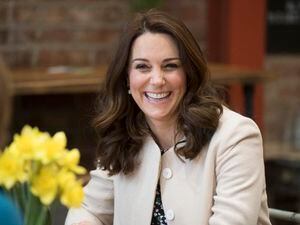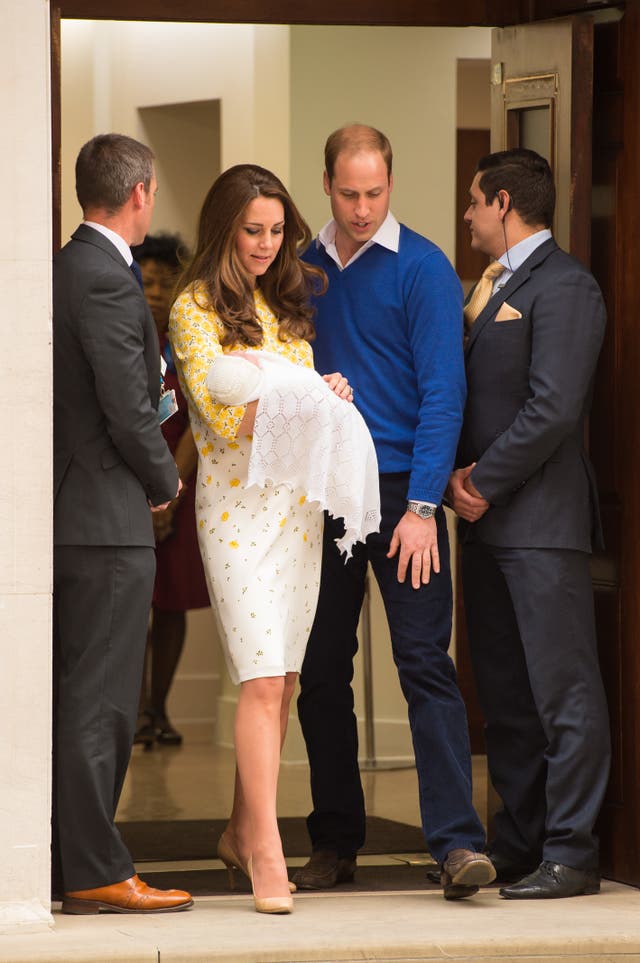Third-time mums like Kate may need to be watchful in final stages of pregnancy
Delivery of subsequent babies can be quicker than in previous pregnancies.

As a busy mother-of-two, the Duchess of Cambridge has been advised to keep a watchful eye on her baby’s movements in the last few weeks of her pregnancy.
Clare Livingstone, professional policy advisor at the Royal College of Midwives, said third-time mothers like Kate – who can be distracted as they care for older children – need to be aware of any changes in the run up to delivery.

“They’re busier than before, especially when they’re looking after toddlers.
“They’re probably more tired so it’s the importance of rest, nutrition, hydration, monitoring baby’s movements and reporting any noticeable difference with that.”
She advised Kate and other women expecting their third “to be very aware”.
“When they’re preoccupied with a busy family… they may not be as aware as they have been with first pregnancies when you’re very watchful.”
Her third labour will be expected to be as fast – if not faster.

“It seems to be though that they do go more quickly. It’s a very individual thing.”
In 2013, Kate went into hospital at around 6am on the day George was born and he arrived 10-and-a-half hours later at 4.24pm.
It is not known how long the Duchess was in labour with George and Charlotte before she was admitted.
Mrs Livingstone added that quick labours can appear more painful.
“I would say that very rapid labour can feel more painful because of the intensity and how quickly it can feel quite overwhelming,” she said.
“The body has natural painkillers – endorphins – which build up over a period of time. So a quick labour doesn’t allow the body the opportunity to do that.”
Advice site Madeformums.com said 2% of women experience a precipitate labour – where labour is extremely rapid and lasts less than two hours from first contraction twinge to giving birth.
“They’re more common among women who’ve already given birth at least once,” the site said.
“If you’ve already given birth, your cervix has been stretched, so the uterus may simply know what it’s doing and work a bit too efficiently.”
It adds: “If labour starts and there’s any doubt whether you’ll make it to hospital in time, don’t even try.”

She could even have a consultant or midwife on standby at the palace ready to help, if she wanted to be prepared for all eventualities.
Mrs Livingstone said: “Some women have what are known as precipitate labours. They can be extremely fast. It tends to be the case that if you’ve had one before, you’re more likely to have another one.”
Kate had a straightforward, natural birth with George and Charlotte with no complications.
As well as having a hospital bag packed with nappies and babygros, the Duchess will be making preparations for appearing in front of the world’s media when she takes her baby home.
Her hairdresser Amanda Cook Turner will be on call ready to come to St Mary’s, as will Kate’s stylist Natasha Archer, armed with Kate’s carefully selected outfit.





